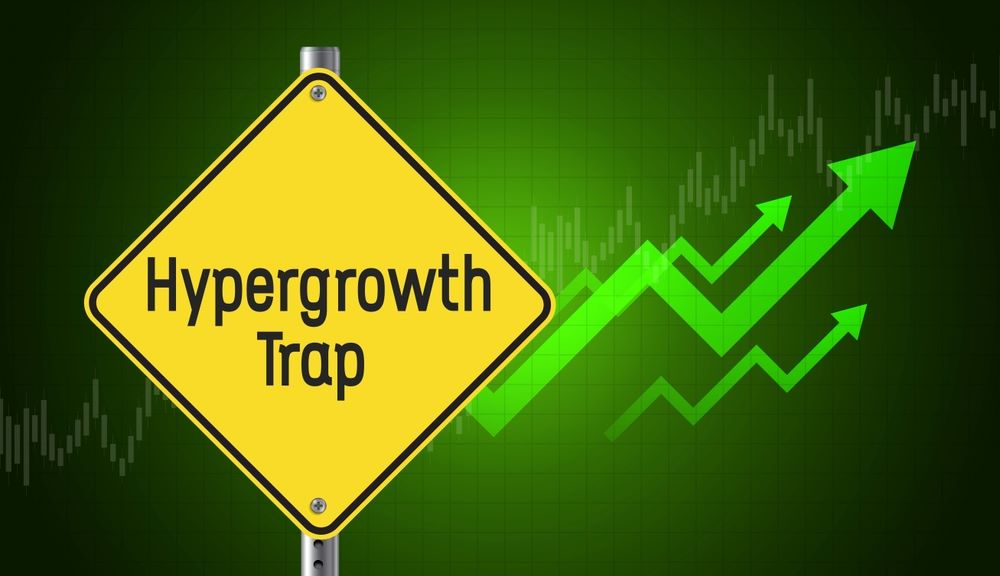4 Pricing Strategies for Dealing with Potential Tariffs and Labor Shortages
Businesses will continue to face persistent uncertainty in 2025 due to geopolitical conflicts, administrative changes, and other economic and social factors. The incoming US executive administration has made two significant promises through executive actions: imposing tariffs on most imports and deporting undocumented immigrants. Leaders must carefully assess the potential impact of these policies on their businesses. Will tariffs increase the cost of raw materials, or could they create an opportunity to gain a competitive advantage over overseas competitors?
Pricing strategy and scenario planning are essential tools for responding effectively to turbulent times. Leaders must ensure that their pricing strategies adapt to changing market conditions, protect critical customer relationships, and remain flexible to maintain their long-term price position. Additionally, leaders must synchronize their pricing strategies with a comprehensive understanding of their supply chains. Tariff policies and labor shortages could disrupt the supply chain and force important product strategy decisions. During periods of disruption, it is critical for leaders to stay close to key customers, proactively collaborate with them, and communicate plans and alternatives transparently.
This article provides four actionable strategies to mitigate risks and capitalize on opportunities during uncertain times.
Four Actions You Can Take Now to Be Prepared
Business and pricing leaders can manage uncertainty by planning today for how they will respond. It may be tempting to wait and see, hold price until raw materials prices change, or react alongside competitors. A winning approach, however, maps out potential actions and responses based on your cost model, competitive price position, end-customer relationship, and supply chain dynamics.
- Don’t wait for certainty. Implement price increases today. One of the biggest mistakes is to wait and see. In a recent survey of Industrial leaders, nearly one-third of companies that are planning increases in 2025 intend to wait until Q2, often citing uncertainty around tariffs. This approach may prove to be counterproductive, and companies should instead look to move swiftly while maintaining flexibility. Relevant inputs for annual uplifts, such as GDP and inflation, are consistent, and companies should continue to move forward with regular price increases. If you do, you can always do further price increases if tariffs and labor shortages materialize; if you do not, you may find it hard to do later if such events do not materialize. Moreover, the uncertainty itself and the need to prepare for it may provide justification for a greater price increase, explained as follows: “Our price increase reflects the investment we are making to prepare for potential supply disruption and ensure we have product when you need it.”
- Segment your customer base to determine how to prioritize inventory allocation and tailor pricing actions. Market turbulence can affect customer price sensitivity and supply availability. Tariffs and a shrinking labor force could result in shortages that force businesses to determine which customers to supply and which to leave behind. Do you know who those customers would be? Prioritizing customers now will prepare you to respond quickly as events materialize. To begin, categorize your current customers based on current volume and potential volume. High-volume or high-potential customers, those most likely to drive long-term value, should be managed most strategically. For these customers, consider:
- How will their price sensitivity change?
- How might our cost model or supply chain for their required products change? Are there
alternatives or can we create them? - How easily can they find alternative suppliers?
If you anticipate labor shortages or raw material challenges, prioritize your supply for these customers. Conversely, if you can help your strategic customers reduce or manage volatility, there’s an opportunity to earn money. You could hold extra inventory – and structure a pricing contract that offers a short-term concession for a longer-term benefit (e.g., built-in future price adjustments). We recommend looking for opportunities to out-maneuver competitors and gain market share during the period of turbulence. Identify your high-potential accounts and decide whether to hold prices and/or inventory on strategic products or services to strengthen your brand.
- Make a plan to adjust prices in response to tariffs and labor shortages. Develop scenarios by customer to plan for how you will change prices if there are tariffs or other economic shocks. Specific strategies will vary based on your business, but could include:
- Temporary Surcharges: Introduce surcharges for products or inputs that have experienced price increases. Surcharges are effective when it is easy to identify products (or specific product inputs) that have increased in price. Surcharges also signal to customers some flexibility that you are reacting to uncertainty and that the measures may go away
- Annual Price Increases: Implement yearly price adjustments that capture the impact of tariffs. Consider differentiating increases between core offerings and ancillary products, as changes to peripheral offerings may be less likely to attract attention or impact your longer-term value proposition
- Tiered Increases: Adjust prices based on customer importance and cost to serve. Protect strategic or high-potential customers where possible by more aggressively addressing underpriced customers in the long tail
- Whatever strategies you choose, this must be combined with a careful internal communication and commercial enablement process. Actions taken without consistent and carefully crafted messaging may undermine your position or seriously damage relationships.
- Engage all key stakeholders – in marketing, pricing, sales, finance, and product management – to review and approve communications and messaging
- Develop scripts, facts, and materials to the commercial teams communicating the changes
- Train the commercial team to address customer questions and objections confidently
- Establish a feedback loop and tracking mechanisms to ensure your business is set up to refine strategies
- Communicate your plans to customers and work with them to prepare. Most customers expect that tariffs and labor shortages will lead to price increases, but they don’t like surprises. During times of uncertainty, businesses that prioritize transparency and provide timely, clear information can foster loyalty and strengthen relationships. A well-communicated plan will reduce confusion and position your business as a reliable partner in navigating challenges.
- Communicate your strategies and decisions clearly. Justify how you arrived at your pricing decisions, connecting adjustments to specific market risks or factors
- Discuss how you will work collaboratively with customers to manage risks and ensure business continuity. Use upcoming QBRs and business planning sessions to show you are aware of challenges and have a defined strategy
- Proactively identify and suggest product alternatives with limited exposure to tariffs, where applicable
- Support your customers directly by sharing market intelligence and updates on supply chain conditions
- For strategies like surcharges, signal them to customers in advance
The Way Ahead
Companies are navigating significant disruptions, with more uncertainty to come. Business and pricing leaders should carefully consider the four measures described above to effectively manage market volatility. Developing and scenario planning your pricing strategy will help mitigate immediate challenges and uncertainty, and also position businesses for stronger, more resilient customer relationships in the long-term.
At Blue Ridge Partners, we help businesses navigate complex challenges and uncover opportunities for growth. Drawing on insights from decades of experience across industries, we collaborate with you to refine pricing strategies, address evolving market dynamics, and achieve sustainable revenue growth. Our focus is on providing guidance, strategic thinking, and analytical rigor to help your team get and stay ahead.


